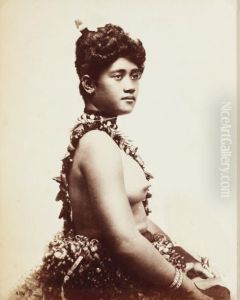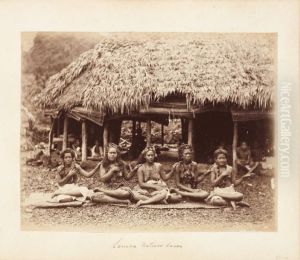Thomas Andrew Paintings
Thomas Andrew, born in 1855, was a notable photographer from New Zealand, recognized for his significant contribution to the documentation of the Pacific Islands' cultural and social aspects during the late 19th and early 20th centuries. Although not originally from New Zealand, Andrew moved there and quickly became immersed in the local culture and landscapes, which would become the central subjects of his extensive photographic work. His photography not only captured the beauty of the Pacific landscapes but also played a crucial role in documenting the traditions and lifestyles of the Pacific peoples, including Samoans and other Polynesian groups, at a time when their cultures were facing rapid changes due to colonial influences.
Andrew's work is particularly remembered for its ethnographic significance. He had the foresight to record ceremonial dances, traditional attire, and architectural structures that, in some cases, are the only visual records remaining of certain aspects of these cultures. His photographs are valued not only for their aesthetic qualities but also as historical documents that offer insights into the colonial era in the Pacific and the interactions between different cultures during that time.
Throughout his career, Thomas Andrew also captured a number of significant historical events, including the eruption of Mt. Tarawera in New Zealand in 1886 and scenes from the Second Samoan Civil War. These images provide a unique visual record of these events and their impact on the local landscapes and communities.
Despite his death in 1939, Thomas Andrew's legacy lives on through his photographs. They continue to be a subject of study for historians and anthropologists, offering a window into a pivotal era in Pacific history. His work is held in high regard and can be found in various national and international collections, serving as a testament to his skill as a photographer and his contributions to the documentation of Pacific cultures.

